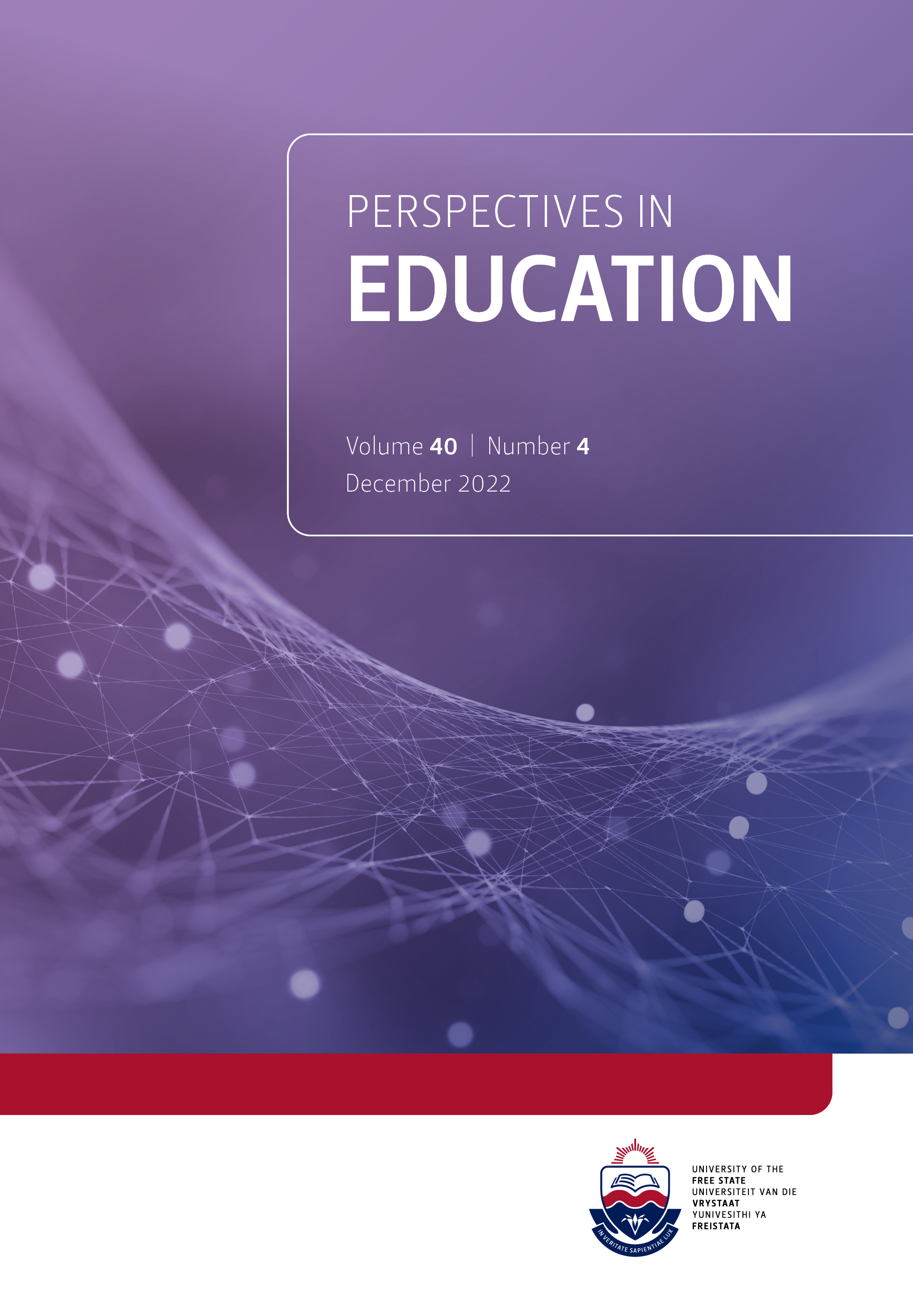Why we should continue to ask critical questions about internationalisation at home
DOI:
https://doi.org/10.38140/pie.v40i4.7004Abstract
Long before the COVID pandemic, we had already realised that traditional forms of internationalisation had their limitations. Mobility of students had remained limited to a small minority of students, a ‘cultural elite’. We had also become aware that student mobility was mostly from the global north to the south and that some of its effects were unwanted, and could lead to ‘white saviourism’. Finally, before the COVID pandemic we were already discussing the CO2 imprint of mobility and considering ‘greener’ forms of mobility of students and staff. More than twenty years ago, around 2000, attempts had already emerged to bring the benefits of internationalisation to all students through internationalisation at home. At the time, this was defined as “Any internationally related activity with the exception of outbound student and staff mobility”. This definition did not mention explicitly that all students were targeted and also omitted the purpose of these activities.
Downloads
##submission.downloads##
Published
How to Cite
Issue
Section
License
Copyright (c) 2022 Author(s)

This work is licensed under a Creative Commons Attribution 4.0 International License.





